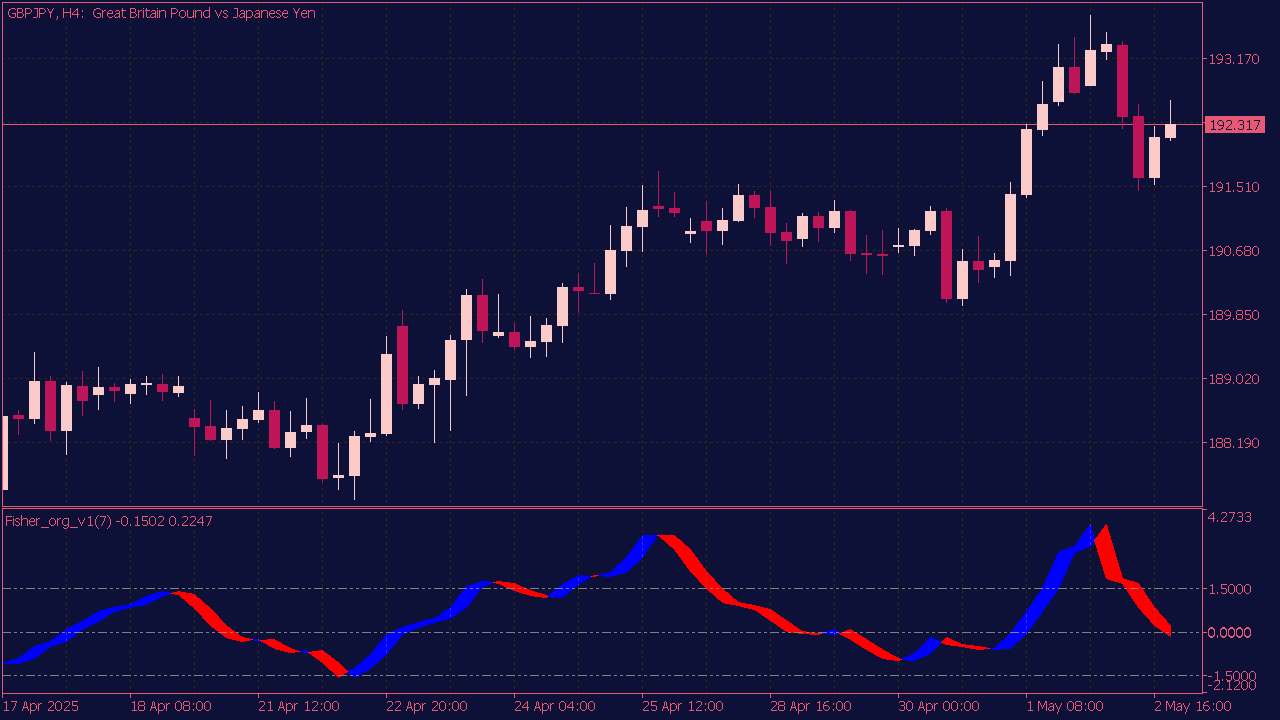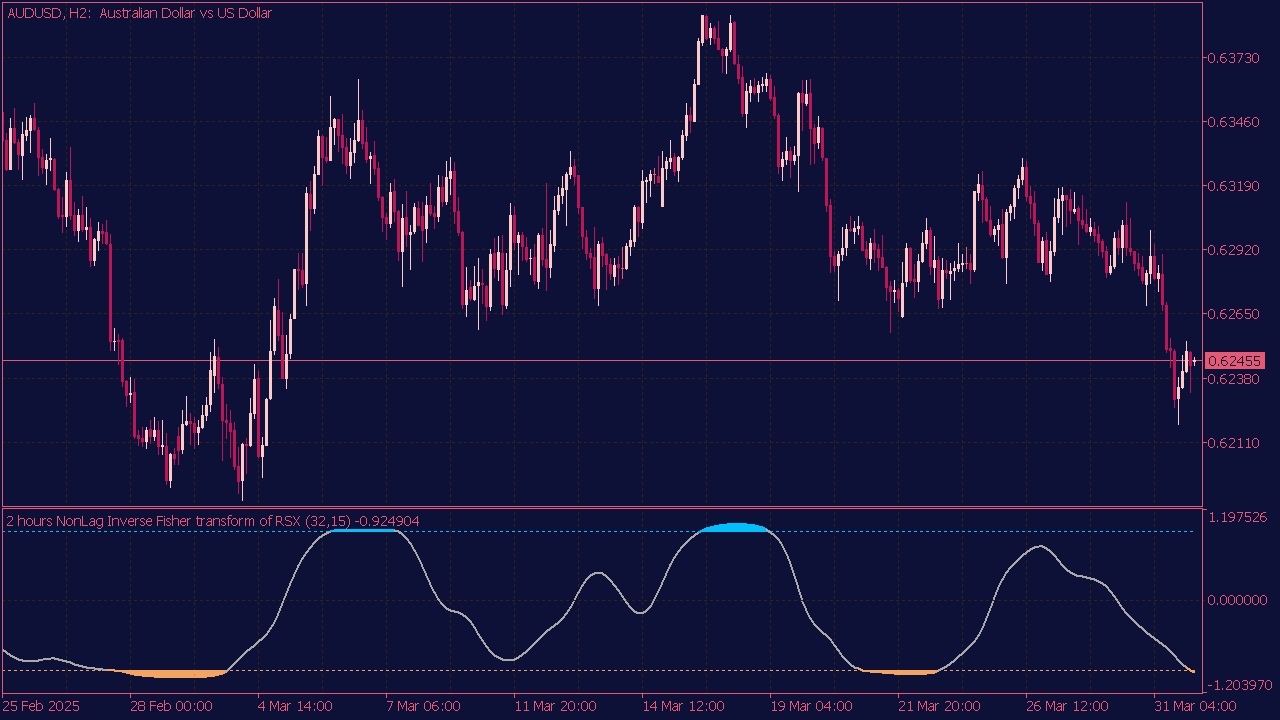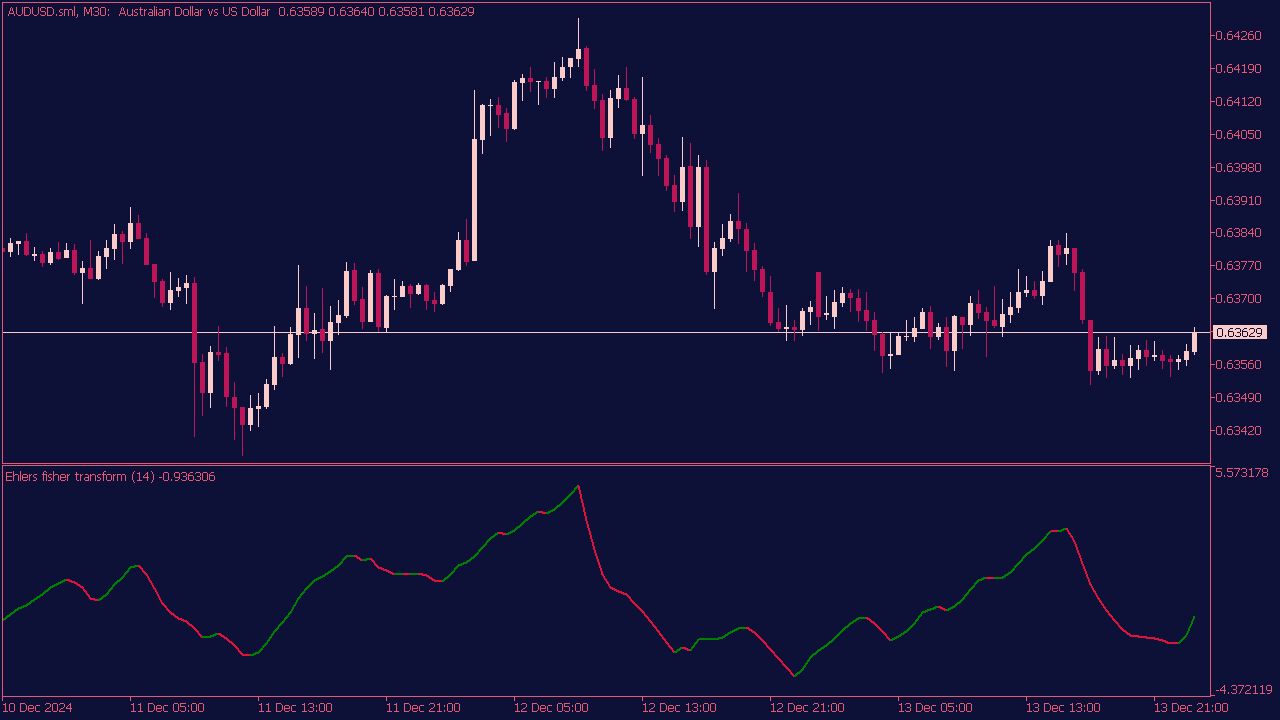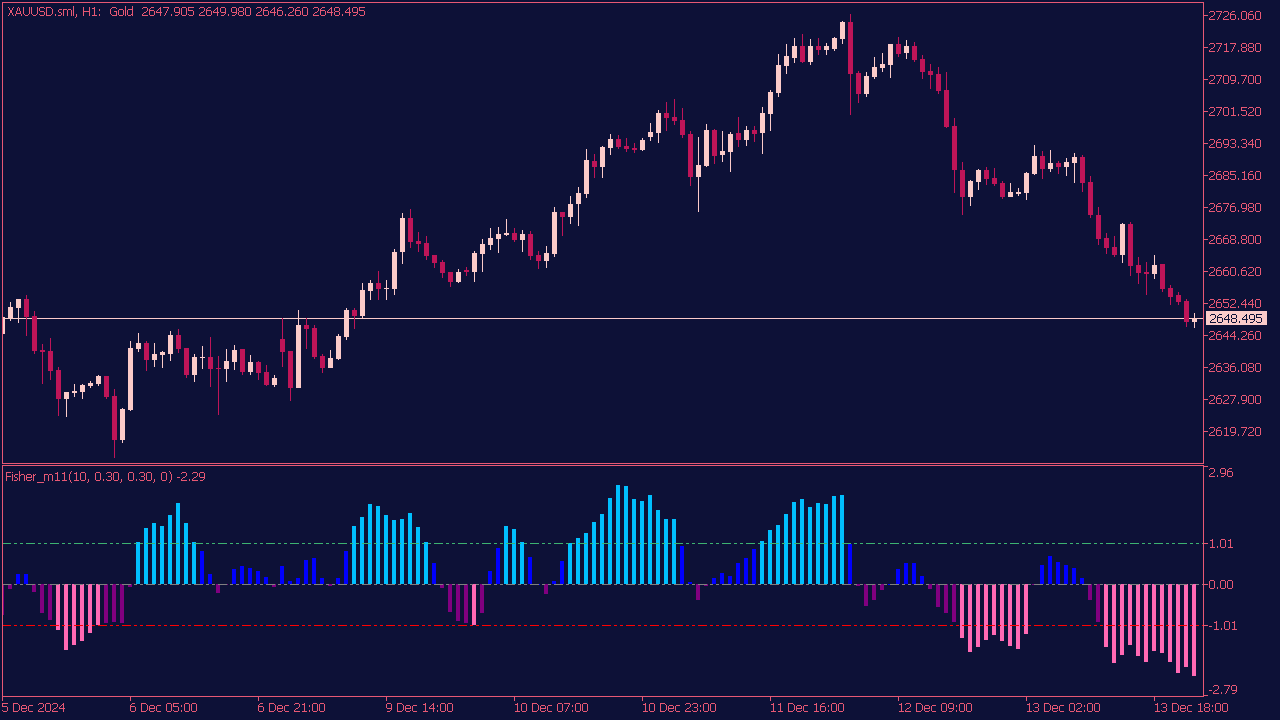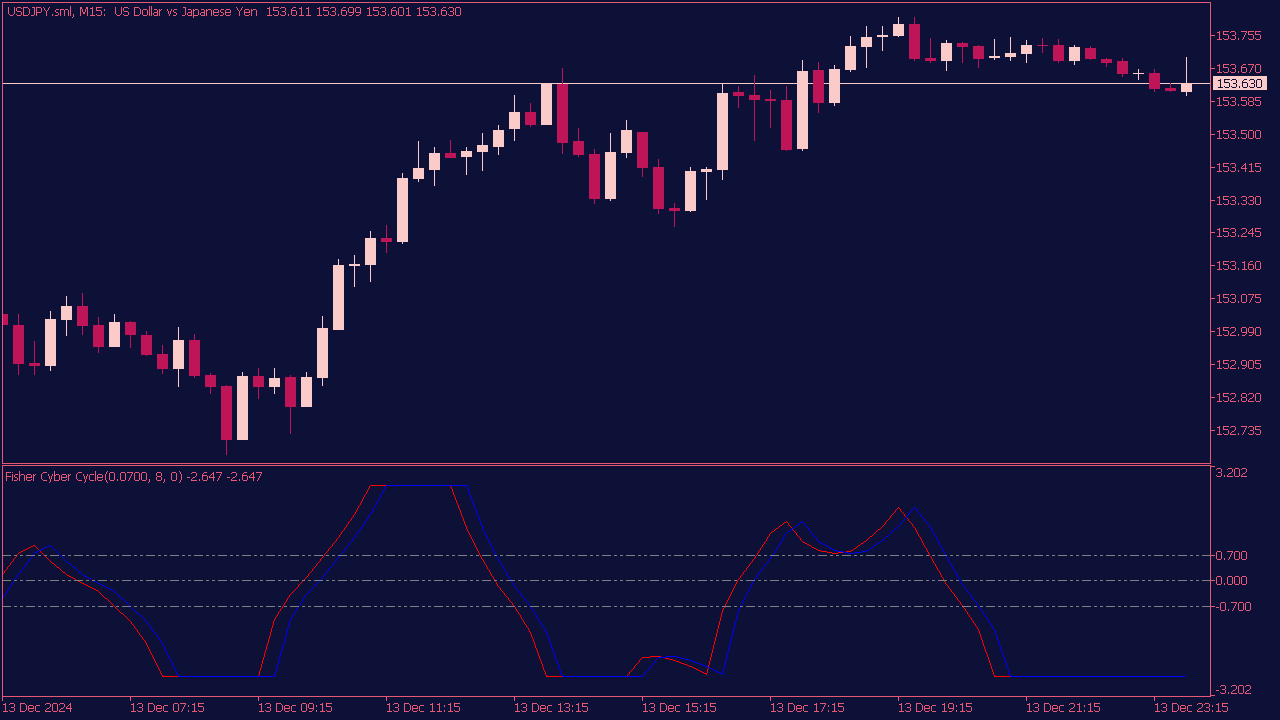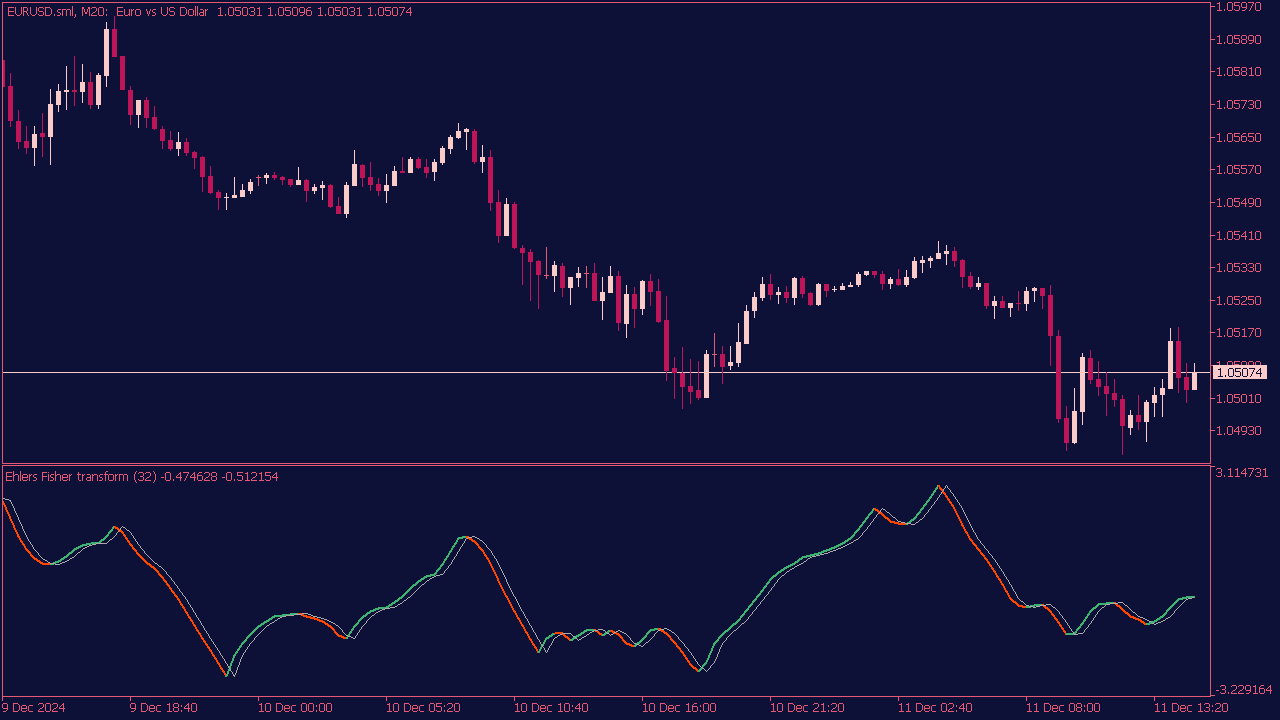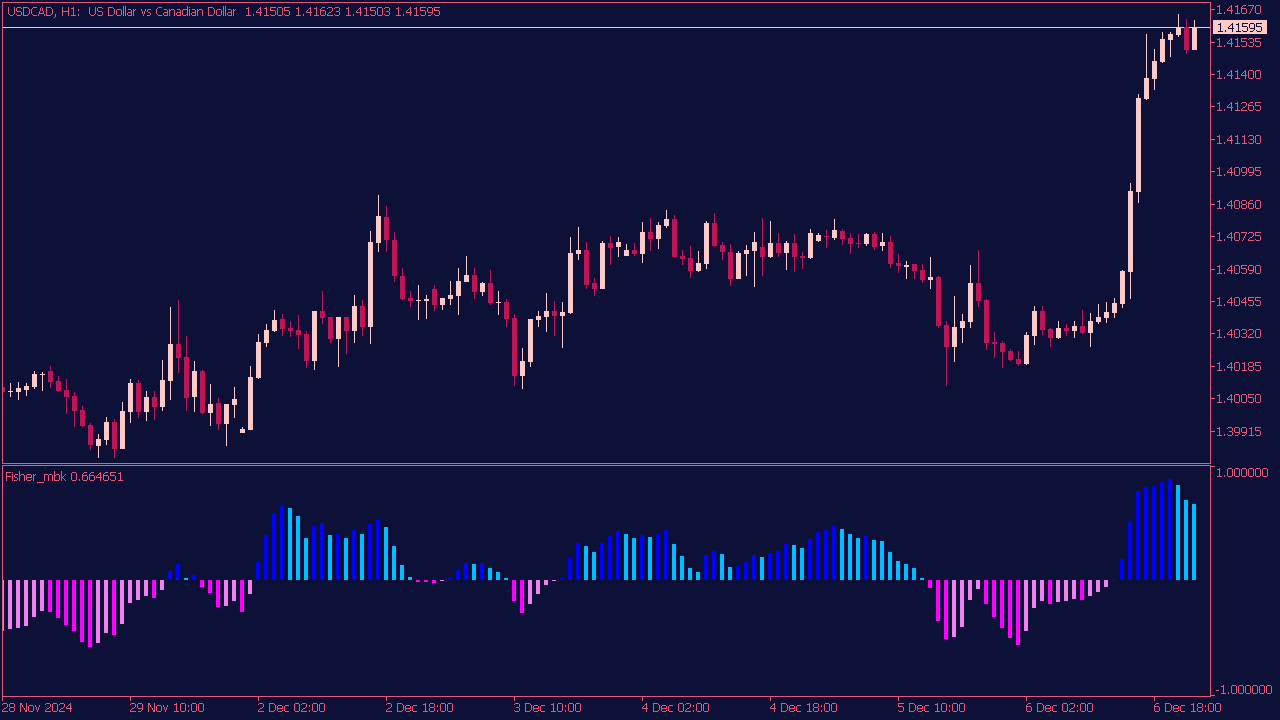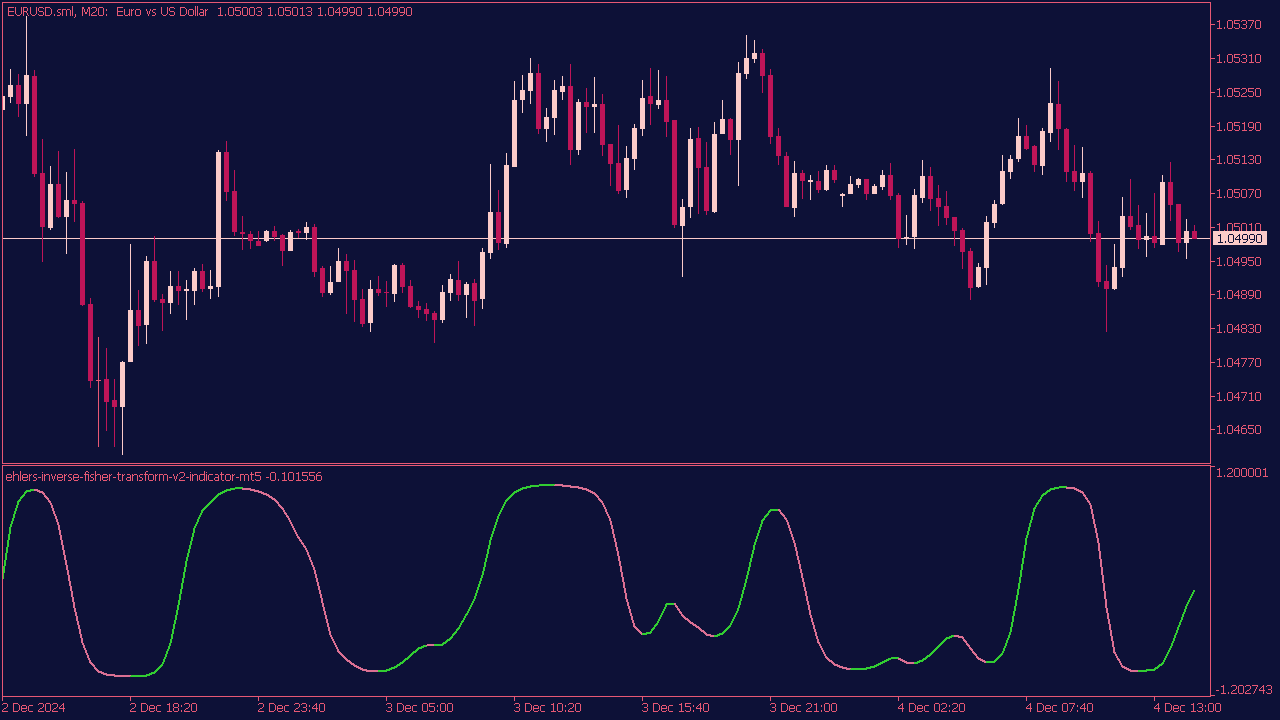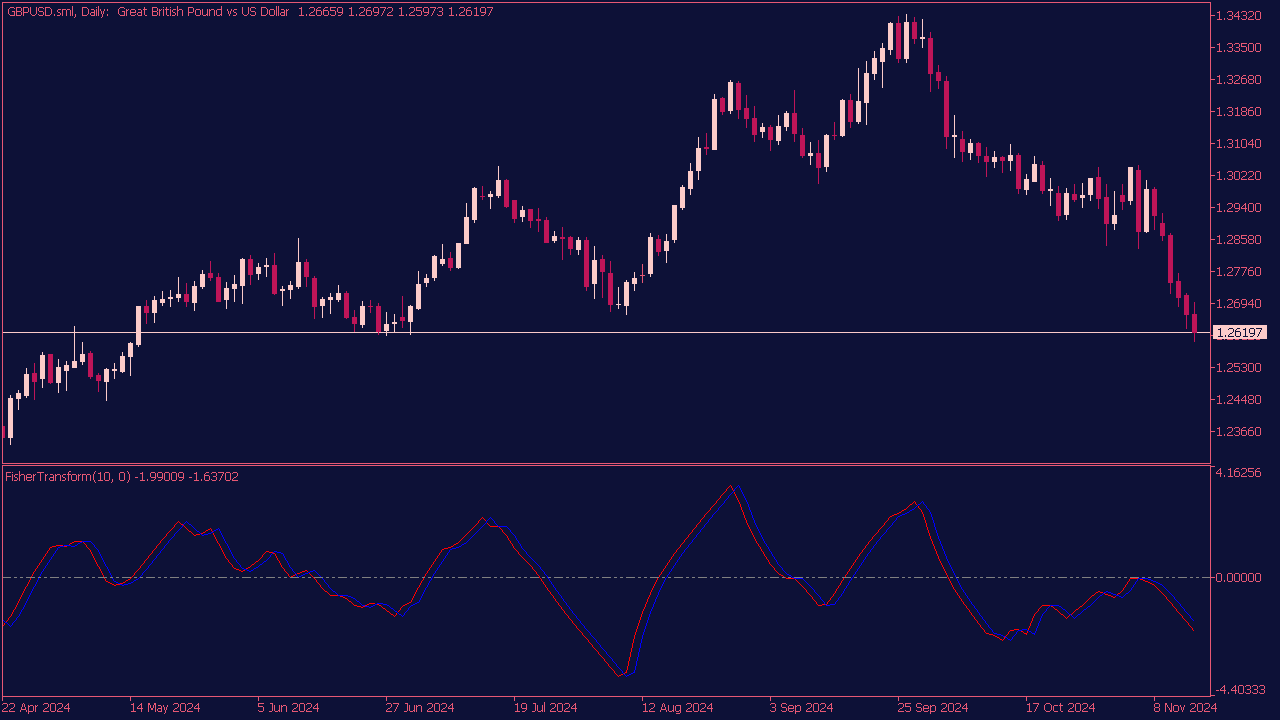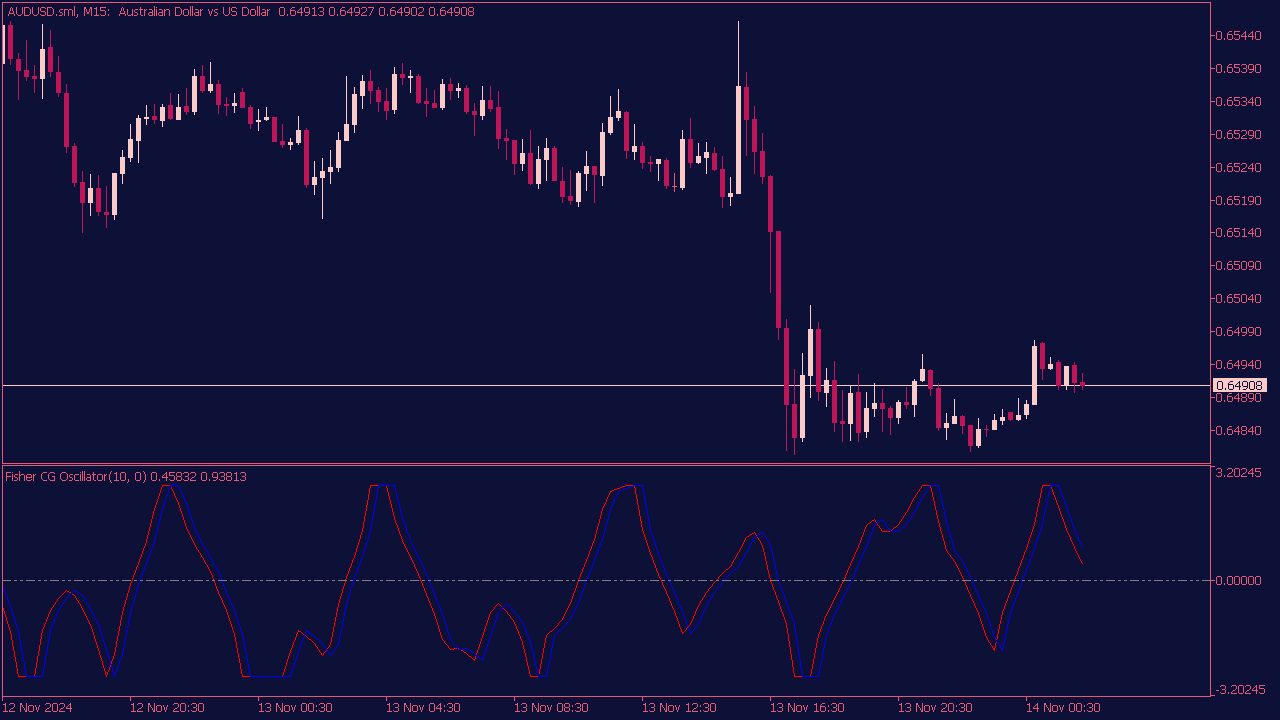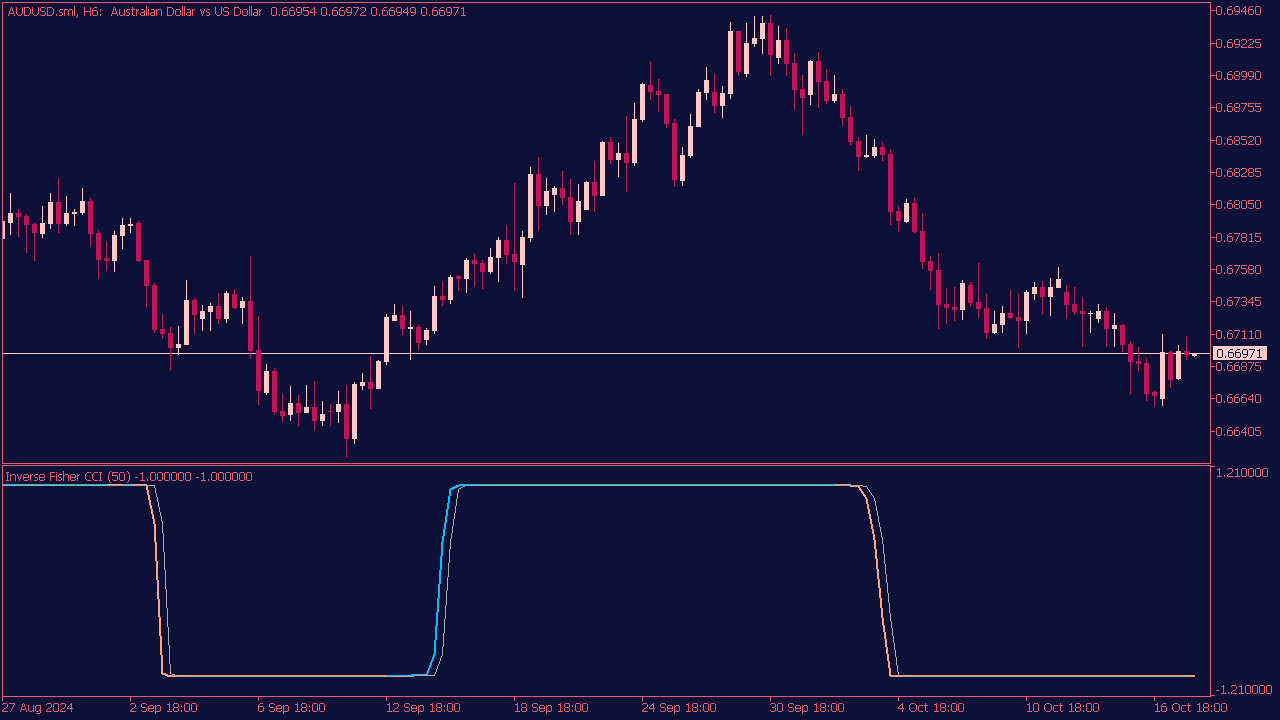Fisher Indicator
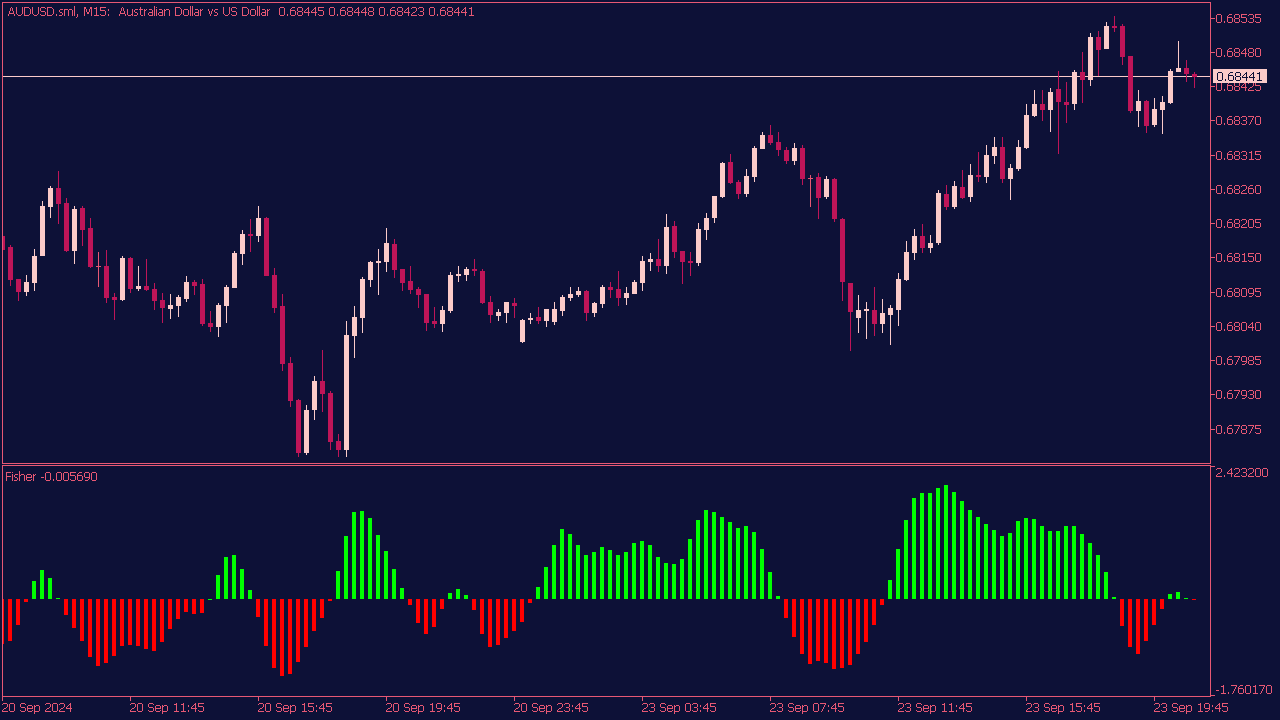
The Fisher Indicator with Histogram is a technical analysis tool used in trading to identify potential price reversals and trend strength. It is based on the Fisher Transform, which converts prices into a Gaussian distribution, making it easier to identify extreme price movements. The indicator generates values that oscillate around zero, and the histogram visually represents these values, indicating the strength of bullish or bearish trends. When the histogram crosses above zero, it signals potential buying opportunities, while a cross below zero suggests selling opportunities. Traders often use this indicator in conjunction with other tools for confirmation and to improve trade entry and exit decisions.


